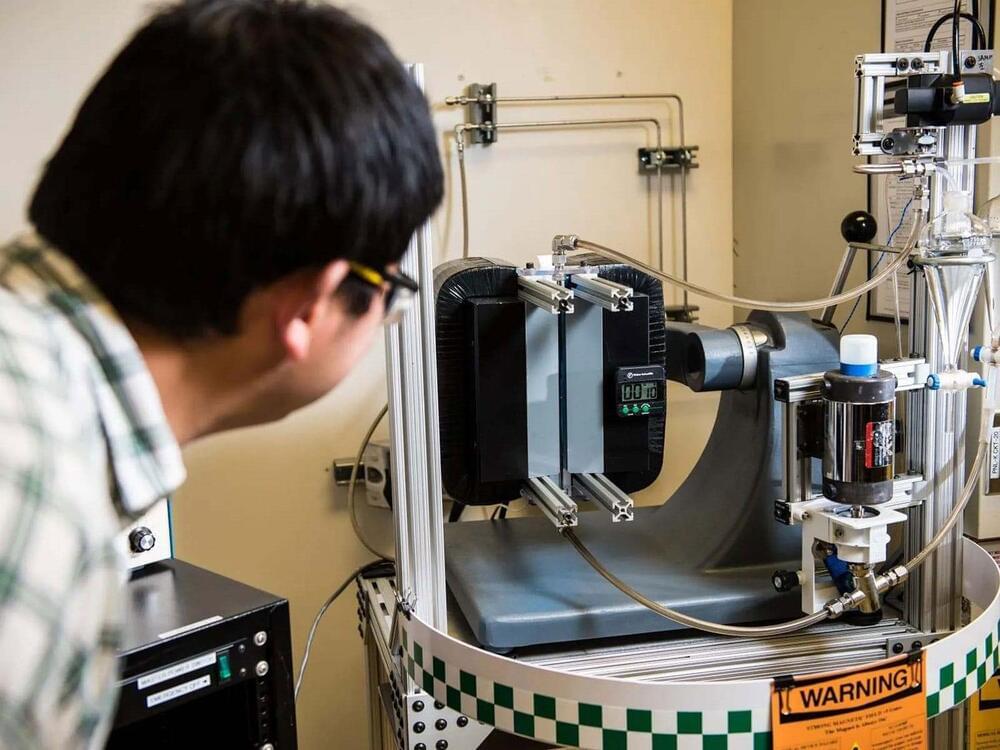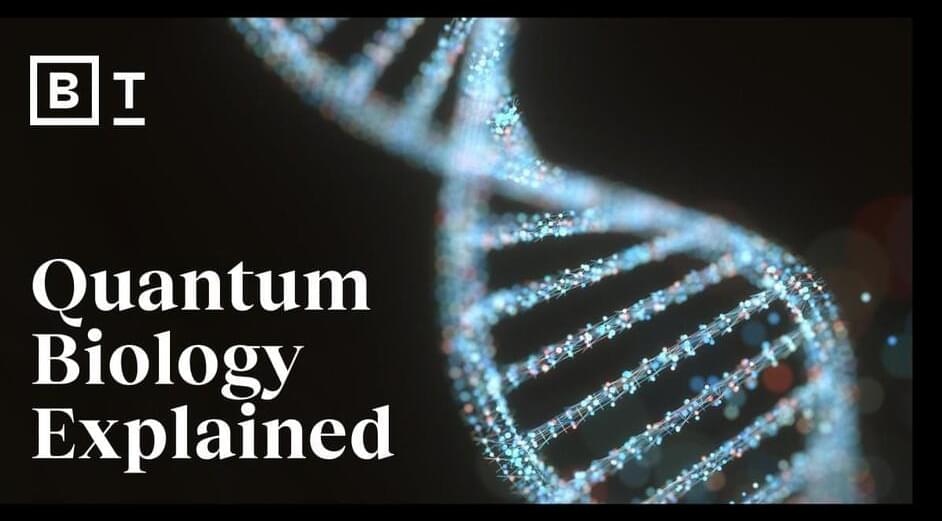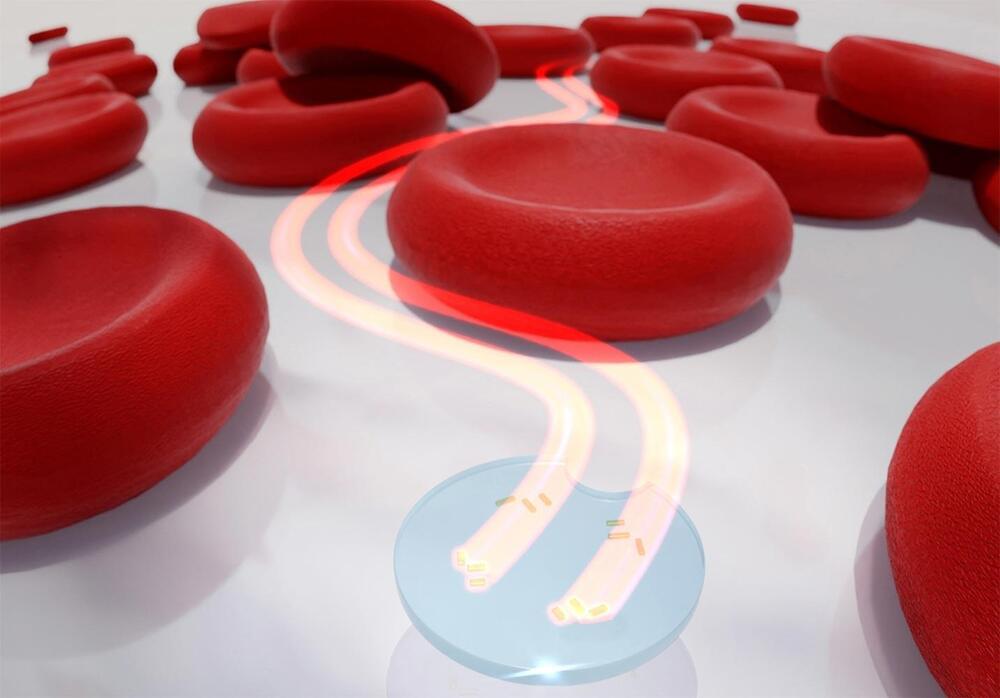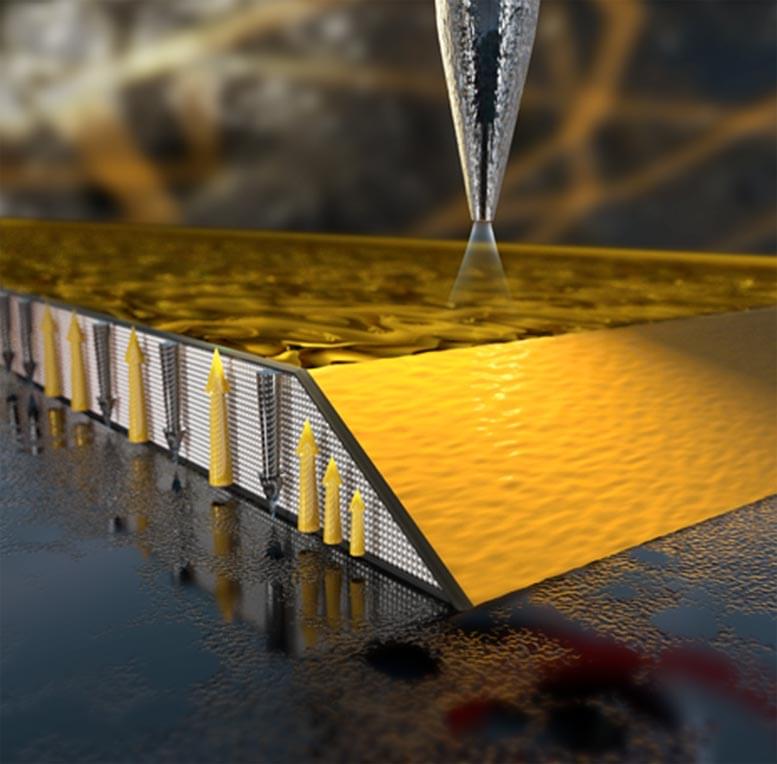May 28, 2022
Researchers ‘magically’ mining metals from water
Posted by Shubham Ghosh Roy in categories: nanotechnology, particle physics
Once the tiny, iron-based particles are added to the water, the lithium is drawn out of the water and binds to them. Then with the help of a magnet, the nanoparticles can be collected in just minutes with the lithium hitching a ride, no longer suspended in the liquid and ready for easy extraction. After the lithium is extracted, the recharged nanoparticles can be used again.
New approach uses magnetic nanoparticles to extract valuable rare earth elements from geothermal fluids.
Continue reading “Researchers ‘magically’ mining metals from water” »


















